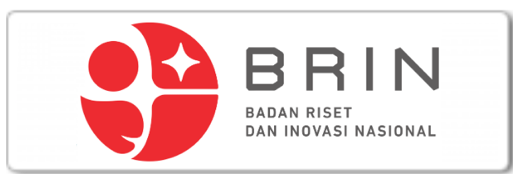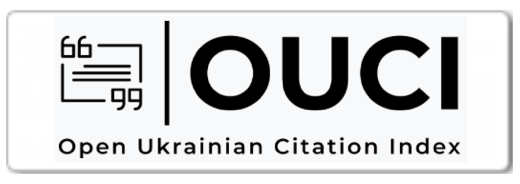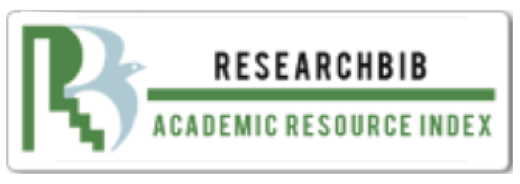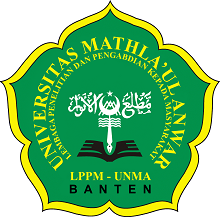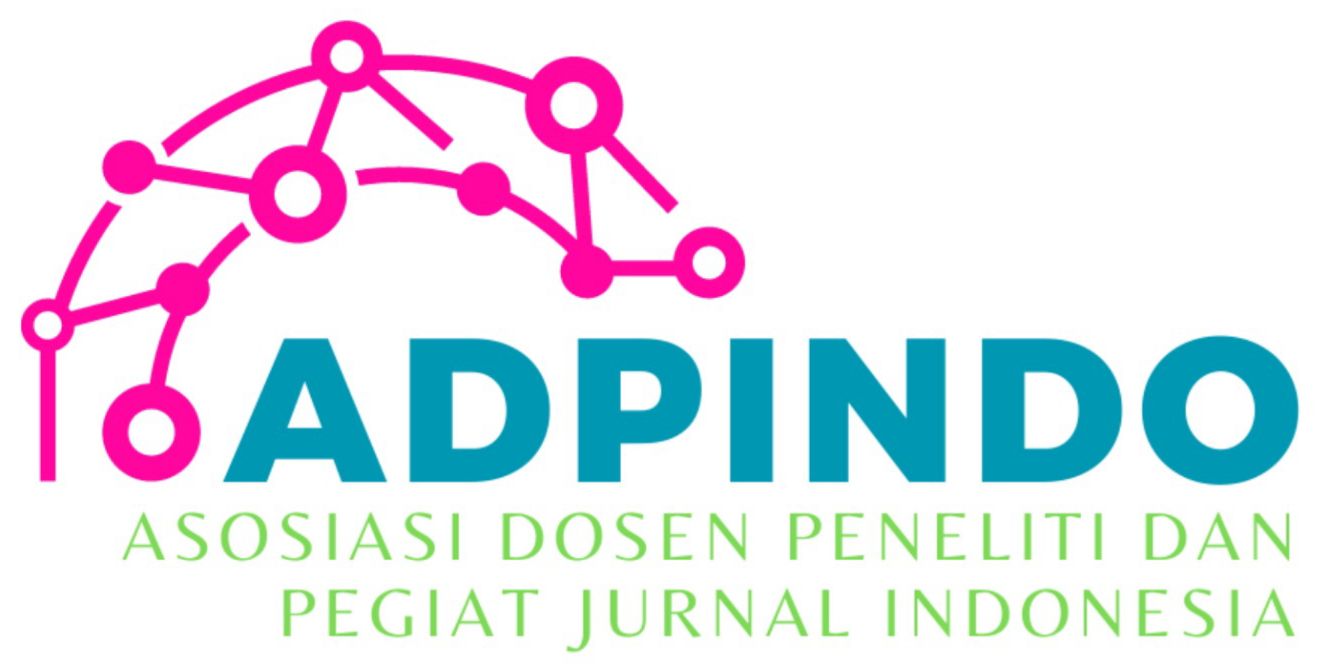AN ANALYSIS OF MACROECONOMIC INDICATORS ON EXCHANGE RATES IN INDONESIA
Main Article Content
Raka Putri Agfial
Benny Budiawan Tjandrasa
Elections represent a significant political event in Indonesia, often leading to fluctuations in the financial sector. The impact of these fluctuations can be observed through the trends in the Composite Stock Price Index (IHSG) and the exchange rate during presidential election periods. Historical data from presidential elections between 2009 and 2019 indicates a consistent increase in both the IHSG and the exchange rate. However, the 2024 presidential election presents an unusual scenario where the IHSG shows a strengthening trend leading up to the election, while the Indonesian rupiah remains weak against foreign currencies, particularly the USD. Following a decline in the IHSG, the rupiah experienced a sharp drop. Consequently, this study aims to elucidate the determinants of the exchange rate by examining several macroeconomic variables, including Gross Domestic Product (GDP), global oil prices, the budget deficit, foreign direct investment, inflation, and interest rates. Utilizing time series data from 1991 to 2023 in Indonesia and employing multiple linear regression analysis, the research identifies that global oil prices significantly influence the exchange rate by positively moderating the effect of GDP. Additionally, interest rates are found to have a significant negative impact on the exchange rate.
Alawiyah, T., & Haryadi, h. A. (2019). Pengaruh inflasi dan jumlah uang beredar terhadap nilai tukar rupiah dengan pendekatan model struktural VAR. E-Journal Perdagangan Industri Dan Moneter, 7(1), 51-60. doi:10.22437/pimv7i1.8339
Altman, D., & Bland, J. (1995). Statistic notes: the normal distribution. BMJ, 310, 298.
Amano, R., & Norden, S. V. (1998). Exchange rate and oil prices. Review of International Economics, 17(2), 683-669. doi:10.1111/1467-9396.00136
Bryniuk, K. (2023). Is the Gross domestic product (GDP) a reliable indicator of the economic growth and future economy of the United States of America? Open Access Library Journal, 10, 1-10. doi:10.4236/oalib.1110100
Buetzer, S., Habib, M. M., & Stracca, L. (2016). Global exchange rate configurations: Do oil shocks matter? IMF Economic Review, 64(3), 443-470. Retrieved from https://www.ecb.europa.eu/pub/pdf/scpwps/ ecbwp1442.pdf
Cambazoglu, B., & Gunes, S. (2016). The relationship between foreign exchange rate and foreign direct investment in Turkey. Economics, Management, and Financial Markets, 11(1), 284-293. Retrieved from https://core.ac.uk/download/pdf/250317807 .pdf
Diana, I. K., & Dewi, N. P. (2019). Analisis faktor- faktor yang mempengaruhi nilai tukar rupiah atas dolar amerika serikat di Indonesia. E- Jurnal EP Unud, 9(8), 1631-1661. Retrieved from https://ojs.unud.ac.id/index.php/eep/article/ download/73961/40041
Dynan, K., & Sheiner, L. (2018). GDP as a Measure of Economic Well-being. Hutchins Center on Fiscal and Monetary Policy, The Brookings Institution, 43. Retrieved from https://www.brookings.edu/wp-content/uploads/2018/08/WP43-8.23.18.pdf
Farlian, T., Handayani, M., Fitriani, N., Fachruddin, R., Zulkifli, N., & Phillipe, J. (2019). The effect of inflation and interest rate on dollars exchange rate (January-December 2018). Proceedings of the 2nd Aceh Global Conference on Business Economic and Sustainable Development Trends (AGC- BEST) 2019. Banda Aceh.
Golub, S. S. (1983). Oil Prices and Exchange Rate. The Economic Journal, 93(371), 576-593. doi:https://doi.org/10.2307/2232396
Hashchyshyn, A., Marushchak, K., Sukhomlyn, O., & Tarasenko, A. (2020). How does the interest rate influence the exchange rate. Visnyk of the National Bank of Ukraine (250),4-13. doi:10.26531/vnbu2020.250.01
Ibrahim, M. (2019). Inflation. Lebanese International University. Retrieved from https://www.researchgate.net/publication/3 32763334_INFLATION
Kasongwa, L., & Minja, E. (2022). Moderating effects of oil price on the impact of macroeconomic variables on stock market performance. Business Management Review, 25(1), 75-89. doi:10.56279/bmrj.v25i1.5
Katircoglu, S., Katircoglu, S., & Altun, O. (2018). The moderating role of oil price changes in the effects of service trade and tourism on growth: the case of Turkey. Environmental Science and Pollution Research. doi:10.1007/s11356-018-3448-2
Kulkarni, V. (2018). Exploring the FDI impact on currency devaluation. JEL Classification, 24(3), 73-77. doi:10.26397/eai1584040919
Kumar, S. (2019). Asymmetric impact of oil prices on exchange rate and stock prices. The Quarterly Review of Economics and Finance, 72, 41-51. doi:10.1016/j.qref.2018.12.009
Kuroda, S., & Ueda, K. (2020). The determinants of exchange rate in Japan: An empirical analysis. International Journal of Monetary Economic and Finance, 12(2), 112-125.
Lajevardi, H., & Chowdhury, M. (2024). How Does the Exchange Rate and Its Volatility Influence FDI to Canada? A Disaggregated Analysis. Journal of Risk and Financial Management, 17(2), 1-24. doi:10.3390/jrfm17020088
Mawardi, K. (2023). Dampak nilai tukar mata uang terhadap perdagangan internasional. Ocean Engineering: Jurnal Ilmu Teknik dan Teknologi Maritim, 2(1), 88-102. doi:10.58192/ocean.v2i2.959
Mensah, E. K., Triacca, U., Bondzie, E. A., & Fosu, G. O. (2016). Crude oil price, exchange rate and gross domestic product nexus in an emerging market: A cointegration analysis. OPEC Energy Review, 40(2), 212-231.
Musa, K. S., Maijama'a, R., Shaibu, H. U., & Muhammad, A. (2019). Crude oil price and exchange rate on economic growth: ARDL approach. Open Access Library Journal, 6(e5930), 1-16.
Nguyen, T., & Do, T. (2023). The impact of economic growth on exchange rates: evidence from ASEAN countries. International Journal of Economic and Finance, 15(2).
Obioma, B. K., & Charles, E. (2015). An Empirical Analysis of Crude Oil Price, Consumer Price Level and Exchange Rate Interaction in Nigeria: A Vector Autoregressive (VAR) Approach. American Journal of Economics, 5(3), 385-393. doi:10.5923/j.economics.20150503.10
Ogundipe, O., Ojeaga, P., & Ogundipe, A. (2014). Oil price and exchange rate volatility in Nigeria. Journal of Economics and Finance (IOSR), 5(4), 1-9. Retrieved from https://ssrn.com/abstract=2504025
Oskooee, M. B., & Sujuta, S. (2017). Asymmetric response of the US-India trade balance to exchange rate changes: Evidence from 68 industries. The World Economy, 40(10). Retrieved from https://ideas.repec.org/a/bla/worlde/v40y20 17i10p2226-2254.html
Prastowo, P. R., Malavia, R., & Wahono, B. (2018). Analisis pengaruh inflasi, suku bunga dan nilai tukar terhadap profitabilitas perbankan. E-Jurnal Riset Manajemen, 7(16), 27-41. Retrieved from https://jim.unisma.ac.id/index.php/jrm/artic le/view/1324
Puspita, M. D., & Aji, T. S. (2018). Analisis pengaruh inflasi, suku bunga SBI, nilai tukar, produk domestik bruto (PDB) dan indeks dow jones industrial average (DJIA) terhadap indeks kompas100 periode Januari 2012-Desember 2017. Jurnal Ilmu Manajemen, 6(3),333-341. Retrieved from https://ejournal.unesa.ac.id/index.php/jim/a rticle/view/24319
Qiang, W., Lin, A., Zhao, C., Liu, Z. L., Manzhi, & Wang, X. (2019). The impact of international crude oil price fluctuation on the exchange rate of petroleum-importing countries: a summary of recent studies. Natural Hazard, 95, 227–239. doi:10.1007/s11069-018-3501-y
Ramasamy, R., & Abar, K. (2015). Influence of Macroeconomic Variables on Exchange Rates. Journal of Economics, Business and Management, 3(2), 276-281. doi:10.7763/JOEBM. 2015.V3.194
Rehman, H. u., Jaffri, A. A., & Ahmed, I. (2010). Impact of foreign direct investment (FDI) inflows on equilibrium real exchange rate of Pakistan. A Research Journal of South Asian Studies, 25(1), 125-141. Retrieved from https://pu.edu.pk/images/journal/csas/PDF/ Dr.%20Hafeez-ur-Rehman%208.pdf
Sarac, T. B., & Karagoz, K. (2016). Impact of short- term interest rate on exchange rate: the case in Turkey. Procedia Economics and Finance, 38, 195-202. doi:10.1016/S2212-5671(16)30190-3
Silitonga, R., Ishak, Z., & Mukhlis. (2017). Pengaruh ekspor, impor, dan inflasi terhadap nilai tukar. Jurnal Ekonomi Pembangunan, 15(1), 53-59. Retrieved from https://ejournal.unsri.ac.id/index.php/jep/art icle/view/8821/0
Suliman, T. H., & Abid, M. (2020). The impacts of oil price on exchange rates: evidence from Saudi Arabia. Sage Journals, 38(5), 2037- 2958. Retrieved from https://doi.org/10.1177/0144598720930424
Tafa, J. (2015). Relationship between exchange rates and interest rates: case of Albania. Mediterranean Journal of Social Sciences, 6(4), 163-169. doi:10.5901/mjss 2015.v6n4p163
Uktufia, M., & Septiani, Y. (2022). Pengaruh ekspor, impor, dan gdp terhadap kurs di Indonesia tahun 1990-2019. Jendela Inovasi Daerah, 5(1), 88-103. doi:10.56354/jendelainovasi.v5i1.117
Zulifah, F., & Susilowibowo, J. (2014). Pengaruh inflasi, BI rate, capital adequacy ratio (CAR), non performing finance (NPF), biaya operasional dan pendapatan operasional (BOPO) terhadap profitabilitas bank umum syariah periode 2008-2012. Jurnal Ilmu Manajemen, 2(3), 759-770. Retrieved from https://core.ac.uk/download/pdf/230760982 .pdf
















